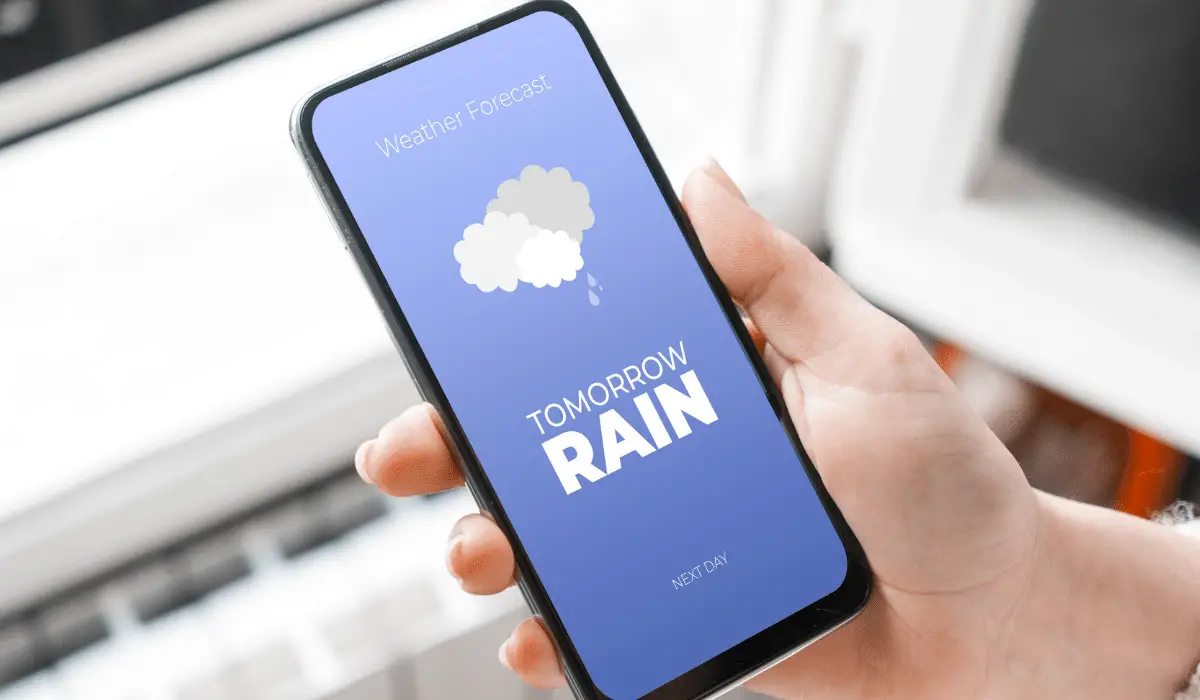Troubling weather conditions can harm several aspects of our daily lives. Rapid temperature fluctuations and uncertain downpours impact economic activities too. The cost of natural disasters has grown exponentially in the past few years.
Global losses surpassed $280 billion in 2021 and were at $116 billion in 2019 and $210 billion in 2020. This article highlights the influence of new entrants – the big tech companies – in weather forecasting. How will it help increase the accuracy of weather forecasting? Let’s find out.
The Need of Weather Forecast Systems
Farming is greatly influenced by changing weather. Prolonged rainfall can wash off or drown newly sowed crops. Cold waves lead to stunted growth of many crops. Lightning strikes kill livestock in hundreds of numbers every year.
High wind can knock off roofs of buildings and damage properties. Daily life gets altered due to natural disasters. Any catastrophic activity, like storms or hurricanes, disrupts communication, transportation, and connectivity. It creates commotion during an ongoing calamity and necessitates additional investments for restoration.
It is worth mentioning that a farmer can not avoid many of the dangers they face today. However, they can anticipate these in advance using daily weather forecast systems. These systems use past meteorological data and expertise for accurately identifying storm time and movement.
These systems are effective in measuring changes for hundreds of miles. What it lacks is the ability to provide nowcasting predictions. Nowcasting systems can help quantify the difference in precipitation or temperature over a selected timeframe and area. These systems can help measure even single square kilometers.
See Also: Should a Startup Outsource Software Development?
Introduction of New Tech
Nowcasting systems use artificial intelligence-based models to provide early warning. Having access to such data seemed far-fetched for the general masses, including farmers, in the recent past. However, the situation is fast changing with the new AI model from tech giants like Microsoft.
Several operators with high-tech solutions are helping increase the accuracy of weather forecasting devices. Another solution fast catching attention is the weather API by tomorrow.io.
The seamless integration of the API across various platforms and software is helping users get access to accurate and precise information in real-time. You can check Tomorrow’s weather API at: https://www.tomorrow.io/weather-api for more details.
It is worth mentioning that the machine learning algorithms in such applications use data from mainstream forecasts, historical databases, and numerous IOT sensors. These enable the forecasting devices to predict the weather change, over the next few hours, with 90% accuracy for a local area.
The next level evolution of forecasting devices also suggests that there will be no need for specific weather models. The algorithm will need your historical data, and with a few manual inputs, it can provide you with precise predictions. Self-learning models are also on the rise in this post-processing field.
Google, IBM, and Raytheon are working to produce their AI-powered forecasting systems. This development can trigger two new avenues:
- The opening up of untapped efficiencies across numerous value systems
- Accelerating privatization in the weather forecasting space
The debate is still on whether it is a good move to head in this direction.
You May Like: How Will Artificial Intelligence Change the Future in Society?
The Past Developments
Current day weather forecasts use equations developed by atmospheric physicists over time. Their creation of a model for the earth’s atmosphere is the basis of current forecasting systems. The first simulation, which may seem crude compared to today’s standards, dates back to the 1980s.
The present-day forecasting systems can use supercomputers to process large chunks of data. However, the framework they use is the old one that lacks self-learning. These are dependent on manual intervention to function. The scenario was the same during the weather machine’s first edition launch in 2018.
This development in 2018 triggered the onboarding of AI researchers to boost the accuracy of weather forecasting by time and area. Embracing automation is now a major agenda of the National Weather Organizations too. They are not hesitant to invite academicians and private partners to help achieve this feat.
Traditionally, transparency and global cooperation exist in forecasting. However, the computers of today guard their AI-powered algorithms by nature. Although, holding onto the IPs around a specific model can be a difficult task in the long run.
See Also: What Are the Main Benefits and Impact of IoT on Our Lives?
Conclusion
On a closing note, it is worth mentioning that the increasing interest of players, like Google, AWS, and Microsoft Azure, to provide services to millions of customers daily can become a critical driver of the industry. The increased dependence on these platforms can help them command the space in the future. However, only time will tell who has the upper hand.





